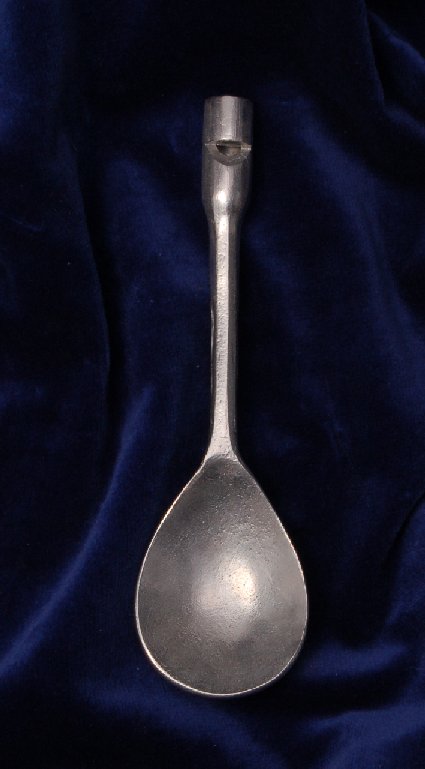While a physical copy of a book is best, sometimes it’s jsut impossible to get your hands on that rare translation.
So here’s a collection of medieval cookbooks online.
Single Books / Translations
Forme of Curye
Forme of Curye – Ebook THE 14th century English cookbook.
Menagier de Paris
English translation of Menagier de Paris
I love Menagier de Paris. It’s a story written by an older man for his new young bride. It not only has several very good (and rather plain compared to the fancy dishes often seen) but also talks about basic household stuff – how to remove stains, how to handle the servants, how to tell which fruit is ripe.
Collections of Medieval Cookbooks
Medieval Cookery
Medieval Cookery
It’s got several translations of medieval cookbooks with Andalusia, French, Netherlands, Romania, Denmark, Germany, Poland, Russia, England, Italy, Portugal and Spanish texts available (NB: Not everything is translated into English, mostly it’s translated into the modern language)
They also have a statistic page where you can see how many times a food group/item appears in a text to see how common it actually was as an ingredient (for instance with Forme of Currye, fish/seafood is the most common meat at 22% of the 286 receipes while duck is in only 2 or less than 1%), onions are in 15%, salt is in 47% and butter is in just 2%.
Open Hearth Cooking
Open hearth Cooking
3000 vintage Cookbooks
http://www.openculture.com/2016/07/an-archive-of-3000-vintage-cookbooks-lets-you-travel-back-through-culinary-time.html
Redactions of Receipes
Roxy’s 20 person lunch – 14th Century
I wrote this document, it’s the receipes I normally use to feed about 20 people for a show event.
